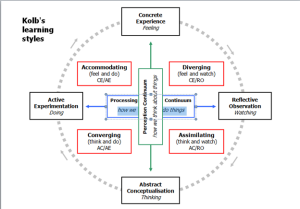I was thinking back to going to school years ago and having the teachers talk about the five Ws. That is we need to look at the Who, What, Where, When, Why and How. While working on gamification project the other day, I was reminded that how important a frame work is to work with. One of the issues, I think is that business today rush into things without thinking about what they are doing. Before we adopt one of the many fantastic gamification frameworks that are out there, maybe we need to stop and ask a few questions before we delve into some gamification process before we go down a rabbit hole that does not produce the results we want.
At the very least if we can’t use a framework that exists, we can stop and ask ourselves the Who, What, Where, When, Why and How questions. The first thing is the Who questions, if we want to add gamification to a process, who are our users. Sit and think about the segment of the organization/business that you want to be affected by your gamification. Secondly, ask yourself, what you are trying to solve. What business problem exists, or what do you want to achieve? Simple questions but most often overlooked, we want to plow ahead with adding Points, levels, achievements, badges etc. but we must keep in the problem or achievement you are working towards.
Where, If we solved the questions of who and what, the where question comes to mind, the where is the system or process you want to enhance, is it a social media site, or a business process. If we want to do something we have to know where you are going to do it, as well where can mean the platform, are you going to do it in the cloud, or on an in-house platform. The next question is when, what is the schedule, if we are setting a goal, one of the important aspects is to ensure it can be delivered and implemented in the time frame that is needed.
Why is next, like what, we need to know why we want to do what we are doing. With what we looked at the business problem or what you want to achieve but I by defining why you are doing what you are doing is important how gamification aligns with your business goals or organizational goals. There is no sense doing something if it does not align to your mission or vision of your company. Lastly How, how do we implement, how do we know what rewards we need, how is a big question. If you get to the How, then you are ready to talk gamification, in that case get in touch with a company or consultant that specializes in gamification. Gamification.

